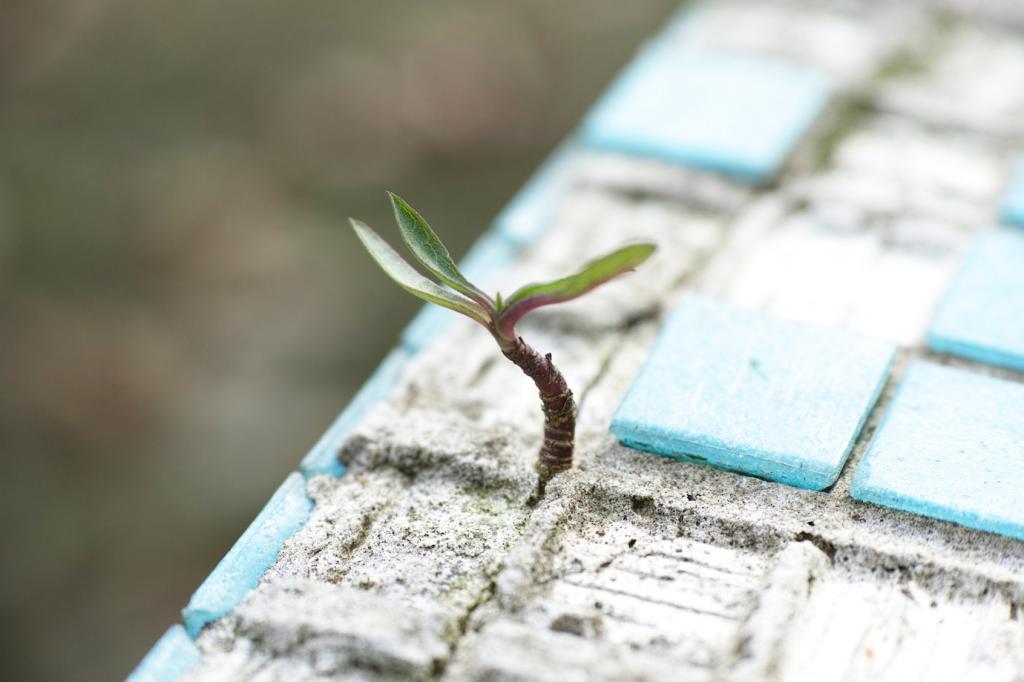Conditioning Leather the Non-Toxic Way
Opt for beeswax- or jojoba-based leather balms designed specifically for furniture. These nourish without sticky residues or overpowering scents, helping the grain stay flexible and reducing the appearance of fine creases.
Conditioning Leather the Non-Toxic Way
Use a soft cloth to apply a thin, even layer, working in small circles. Allow time for absorption, then buff gently. Overconditioning can clog pores and attract dust, so less and consistent is more effective.



